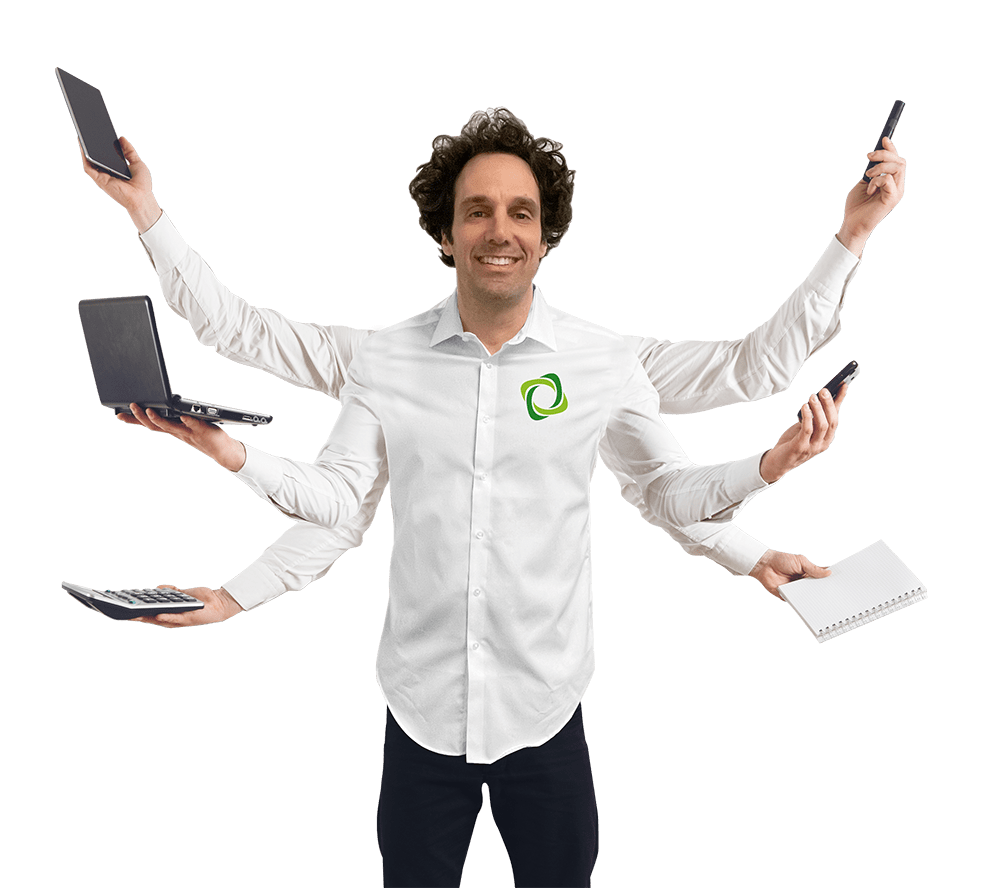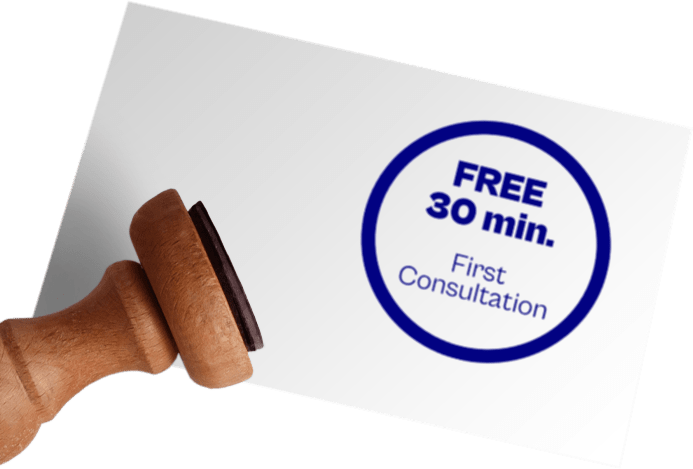WHAT IS THE PATENT GRANTING PROCESS IN CANADA?
Here is the usual procedure for Canadian inventors:
Identification of the Invention
The first step for a Canadian inventor is to consult and discuss with their patent agent to establish the process of obtaining a patent. This consultation allows the inventor to outline the main features of their invention, and the agent to generally determine the patentability of the invention. It is also at this stage that the main characteristics of the invention should be determined, as much as possible.
Prior Art Search with or without Opinion
The next step is usually a more comprehensive patentability search by the agent to determine if the invention in question is new and non-obvious based on the literature generally accessible to the public. Patentability searches, however, are not infallible.
Drafting the Application
In cases where the invention appears to be new and non-obvious, the patent agent proceeds to draft the patent application. At this stage, the cooperation of the inventor is generally required or even necessary because they know their invention best and are able to provide the technical details that characterize it. The drafting stage is an iterative process. The agent typically drafts an initial version of the application and submits it to the inventor for validation and to fill in any gaps if necessary. The agent then finalizes the application and submits it again to the inventor. The process can be more or less lengthy depending on the complexity of the invention.
The inventor should also provide, if possible, images, photographs, diagrams, or any other information that may be relevant to the patent application.
It should be noted that a patent application can vary in length and complexity. Generally, the longer and more complex the application, the more expensive it is. Therefore, depending on the inventor’s financial means, the agent may draft a more or less complex application. The inventor can also reduce costs by drafting part of the patent application themselves.
Thus, the agent can generally draft three types of applications:
– the summary application: a summary description of the invention;
– the adequate application: a complete description of an embodiment of the invention;
– the exhaustive application: a complete description of an embodiment of the invention and its main variations.
It is advisable to determine with the agent the type of application that suits the inventor.
Additionally, it is worth noting that in Canada and the United States, there are provisional applications. A provisional application is generally a very brief, or even incomplete, application that includes a general description of the invention and any necessary photographs or sketches. Provisional applications allow obtaining a priority date but must be replaced by a complete application no later than 12 months after the initial filing date.
What the inventor must provide:
Diagrams, sketches, drawings, descriptions. Anything that can help the agent better understand and describe the invention.
A power of attorney, when required.
An assignment from the inventor to the employer (or other) if necessary. An assignment is a legal document that transfers or confirms the transfer of rights to a patent from one person (natural or legal) to another (natural or legal).
Filing the Application
Once the application is complete, the agent files it with the patent office. In Canada, it is necessary to file a request for examination for the application to be evaluated. In the United States, the patent application is automatically evaluated.
Examination of the Application
During the evaluation of the application, the patent office may issue one or more examination reports. An examination report generally includes the reasons why the examiner rejects the patent application. It is usually normal for a patent application to be rejected in the first examination report.
Following the receipt of each report, the agent must prepare and file a response to the examination report. The response may sometimes include amendments to the patent application. These amendments are made with the agreement of the inventor.
Grant
Finally, when the patent office considers the invention to be patentable, the patent is granted. The patentee must then pay the patent grant fee.
Maintenance Fee
After the patent is issued, the annual maintenance fee must be paid.
Here is the usual procedure for international correspondents:
You are a foreign correspondent, and your client wishes to file a patent application in Canada, what should you do?
Text of the Application
Firstly, Canada has two official languages, English and French. Therefore, in Canada, it is possible to file a patent application in either English or French. You must provide us with a copy of the patent application, if possible, in one or the other of our official languages. However, we can also have the patent translated locally if desired.
Power of Attorney
Generally, a power of attorney is not required in Canada. However, the Canadian Patent Office may sometimes require one.
Assignment
Finally, depending on whether the filing in Canada is a national filing or a national phase entry of a PCT application, an assignment from the inventors to the owner may be required.
Filing
Once the application documents are received, we file them with the Canadian patent office accompanied by a petition that we prepare.
Examination of the Application
In Canada, it is necessary to file a request for examination for the application to be evaluated. This request must be filed within five years of the application filing date.
During the examination of the patent application, the patent office may issue one or more examination reports to which we must respond. Generally, the response we file is based on a draft response submitted by you.
Grant
Finally, when the patent office considers the patent application to be patentable, it grants the patent. It is then necessary to pay the patent grant fee.
Maintenance Fee
After the patent is issued, the annual maintenance fee must be paid.


